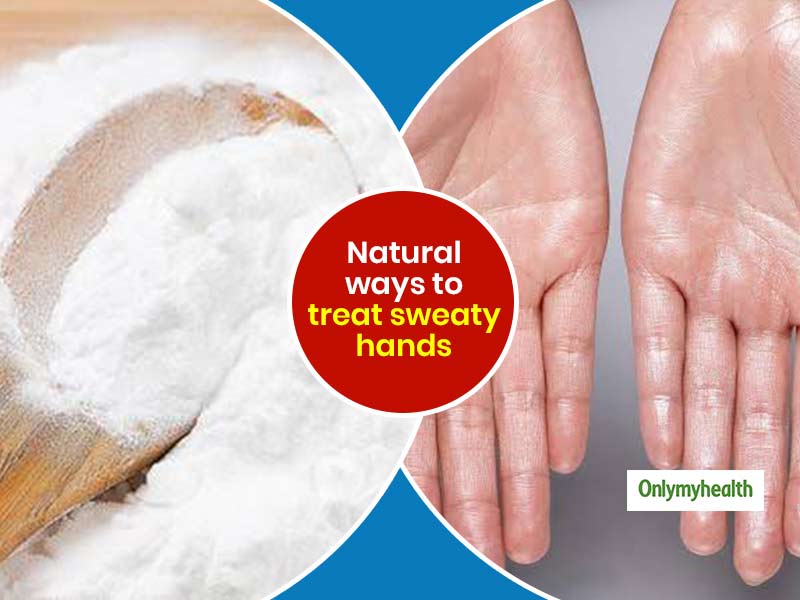Unveiling the Complexities of Excessive Sweating: A Comprehensive Overview to Diagnosis and Management
Extreme sweating, clinically referred to as hyperhidrosis, is a condition that affects a significant number of individuals and can have a profound influence on their top quality of life. While sweating is an all-natural bodily function, its overactivity in hyperhidrosis offers a special set of challenges that commonly exceed plain discomfort. Comprehending the underlying causes, identifying the signs, and browsing the analysis procedure for hyperhidrosis can be intricate tasks. In this thorough overview, we will discover the intricacies of hyperhidrosis, from its diagnosis to the selection of treatment alternatives readily available, clarifying reliable monitoring strategies for those coming to grips with this problem.

Comprehending Hyperhidrosis Causes
Hyperhidrosis causes can be connected to numerous elements such as genetics, hormone inequalities, and specific medical problems. Genetics play a substantial function in primary focal hyperhidrosis, where individuals acquire the condition from their family participants. By identifying the details variables adding to excessive sweating, healthcare suppliers can customize therapy strategies to attend to the underlying cause, providing relief and boosting the quality of life for individuals impacted by hyperhidrosis.
Acknowledging Hyperhidrosis Effects

Moreover, hyperhidrosis signs may show up in social and psychological distress, as individuals may really feel humiliated or distressed regarding their sweating, causing evasion of social circumstances (How to stop sweaty hands). Furthermore, repeated episodes of too much sweating can result in skin maceration, fungal infections, and a general decrease in self-confidence
Diagnostic Refine for Hyperhidrosis
Initiating the diagnostic procedure for too much sweating entails thorough examination of the person's clinical history and health examination. Asking regarding the start, duration, and sets off of sweating episodes is important to separate in between key focal hyperhidrosis and additional generalised hyperhidrosis. Medical background ought to additionally consist of questions regarding medicines, clinical conditions, and family background of hyperhidrosis.
During the physical exam, certain focus is paid to the locations affected by sweating. The health care supplier might evaluate the degree of sweating, look for indications of underlying problems, and examine the influence of sweating on the person's quality of life. Furthermore, certain examinations like the gravimetric examination, starch-iodine examination, or skin conductance dimensions might be conducted to quantify the amount of sweat created.
In addition, in situations where secondary hyperhidrosis is thought, added tests such as blood examinations, urine tests, and imaging research studies might be advised to recognize the underlying reason of extreme sweating. The diagnostic process aims to properly identify the type and reason of hyperhidrosis to direct proper monitoring methods.
Therapy Choices for Hyperhidrosis
When resolving too much sweating, numerous therapy choices are available to minimize symptoms and improve the person's lifestyle. The therapy technique for hyperhidrosis depends upon the seriousness of symptoms and the patient's feedback to first therapies.
Topical treatments, such as aluminum-based antiperspirants, are frequently recommended as the initial line of protection for handling light cases of hyperhidrosis. These items work by plugging the sweat ducts, hence minimizing the amount of sweat that reaches the skin's surface area. For individuals with more extreme symptoms, dental medicines like anticholinergics may be suggested to assist decrease sweating. These medications can have side results and are not appropriate for every person. my latest blog post

Effective Management Strategies
To effectively manage hyperhidrosis, a personalized and extensive treatment plan tailored to the patient's particular needs and response to previous therapies is important. This plan may incorporate a mix of healing strategies, consisting of way of life adjustments, topical treatments, oral drugs, botulinum contaminant shots, iontophoresis, and in serious cases, medical treatments like gland removal or sympathectomy. Lifestyle alterations such as putting on moisture-wicking garments, using antiperspirants, and practicing stress-reducing strategies can match medical interventions. Topical antiperspirants having light weight aluminum chloride are typically the first-line treatment, with more powerful formulas available for immune situations. Oral drugs like anticholinergics might be recommended for generalised hyperhidrosis. Botulinum contaminant injections work for focal hyperhidrosis, giving momentary relief by obstructing the release of acetylcholine. Iontophoresis, entailing the use of a low electric current to minimize sweat gland task, can be useful for both palmoplantar and axillary hyperhidrosis. Surgical options are commonly scheduled for extreme, refractory situations and call click here now for cautious factor to consider of benefits and threats. A multidisciplinary method entailing skin specialists, key care medical professionals, and, if required, doctors, can optimize the monitoring of hyperhidrosis.
Conclusion
In verdict, hyperhidrosis is a problem defined by extreme sweating, which can significantly affect an individual's quality of life. With correct medical diagnosis and administration techniques, individuals suffering from hyperhidrosis can locate alleviation and enhance their general well-being.
Too much sweating, clinically understood as hyperhidrosis, is a condition over at this website that affects a significant number of people and can have a profound impact on their top quality of life. By determining the particular factors adding to extreme sweating, healthcare providers can customize treatment strategies to attend to the underlying cause, offering alleviation and enhancing the quality of life for people affected by hyperhidrosis.
Hyperhidrosis, identified by extreme sweating beyond what is needed for regulating body temperature level, can dramatically impact an individual's high quality of life. Inquiring regarding the onset, period, and sets off of sweating episodes is essential to distinguish in between primary focal hyperhidrosis and second generalized hyperhidrosis. How to stop sweaty hands.In verdict, hyperhidrosis is a condition identified by excessive sweating, which can substantially impact a person's top quality of life